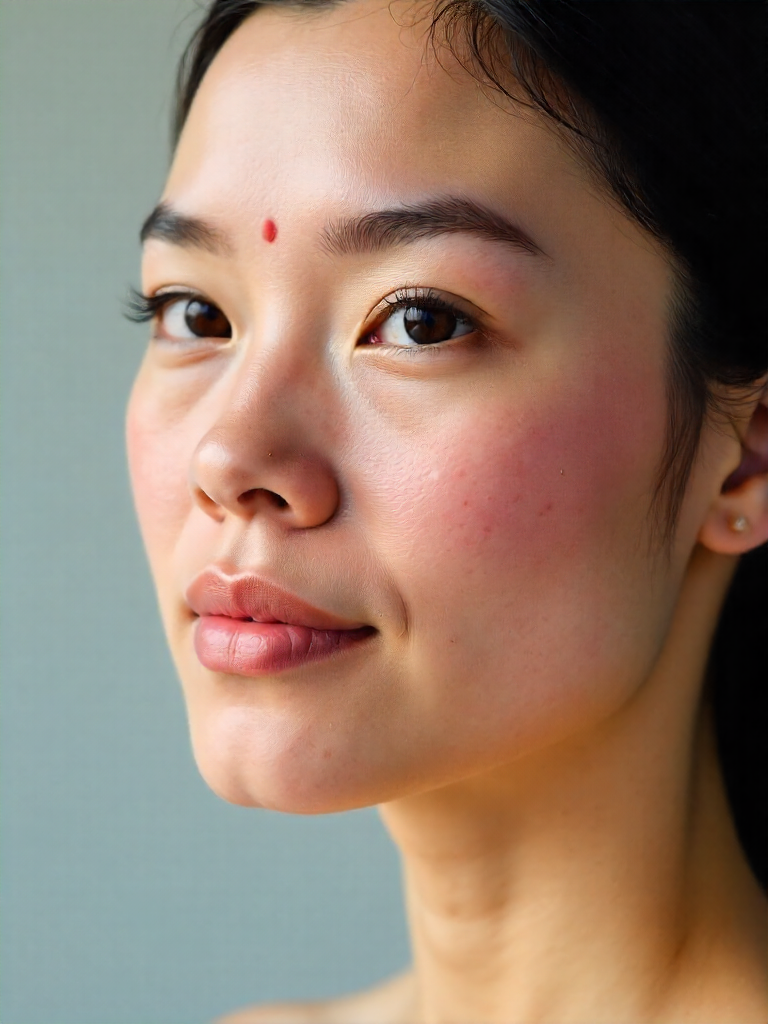Chin pimples are a frequent skin issue, often resulting from a mix of internal and external factors. Key contributors include hormonal changes, which can affect sebum production and lead to pore blockages in the lower facial area.
Hormonal shifts tied to menstrual cycles, pregnancy, or alterations in contraceptive methods are frequent triggers. These changes can heighten activity in the skin’s oil glands, promoting breakouts around the chin and jaw region.
Many adult women experience recurring acne outbreaks that align with monthly hormonal shifts. This recurring pattern is commonly known as “hormonal acne.” Stress is another significant factor.
Elevated stress levels increase cortisol production, which in turn raises sebum output in the skin. This surplus can block pores, creating an ideal environment for pimples to develop.
Stress-related breakouts often appear on the lower face, sometimes overlapping with hormonal acne. This overlap can make it challenging to identify a single cause. Managing stress through rest, exercise, and mindfulness can help reduce flare-ups.
Poor skincare routines can worsen chin acne. Frequent face touching, applying heavy makeup, or neglecting proper cleansing can trap dirt and oil, exacerbating existing blemishes.
Diet also plays a role in chin acne. High-glycemic foods and dairy products may provoke hormonal responses that elevate inflammation and skin oiliness.
To address chin pimples, emphasize mild skincare routines and internal health. Consistent cleansing, avoiding harsh products, and maintaining a balanced diet are essential. If breakouts persist, a dermatologist can determine whether hormonal, stress-related, or other factors are responsible and recommend suitable treatments.





One Comment
https://contentkit.news/chin-acne-common-causes-and-management-strategies/